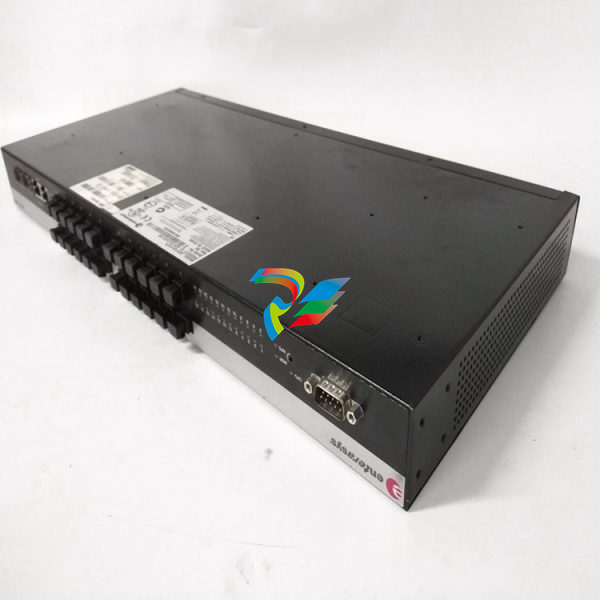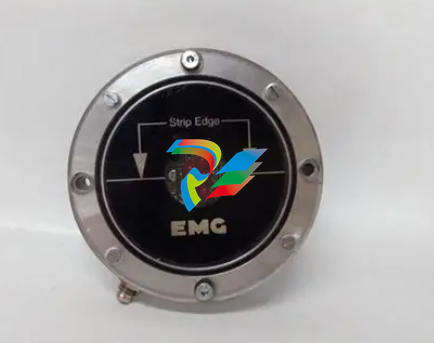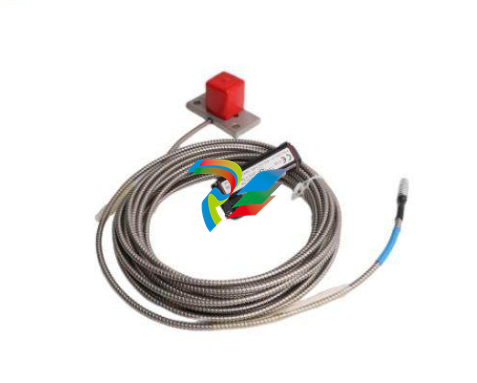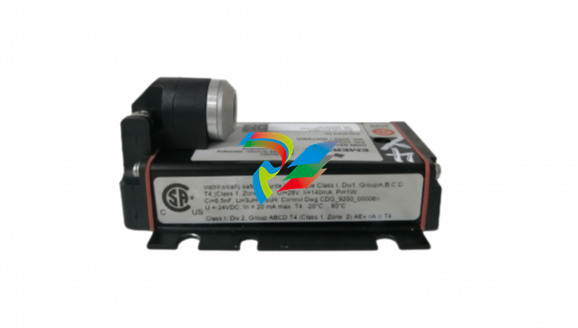
ABBDistributed busbar protection REB500 including line and transformer protection Product Guide
next disturbance (FIFO = First In, First Out).
This function is performed in a stand-alone
mode in the bay unit (see page 7).
Note:
Stored disturbance data can be transferred via
the central unit to other computer systems for
evaluation by programs such as PSM505 [3].
Files are transferred in the COMTRADE format.
After retrieving the disturbance recorder data,
it is possible to display them graphically with
PSM505 directly.
Communication interface
Where the busbar protection has to communicate with a station automation system (SAS),
a communication module is added to the central unit. The module supports the interbay
bus protocols IEC 61850-8-1, IEC 60870-5-
103 and LON.
The IEC 61850-8-1 interbay bus transfers via
either optical or electrical connection:
• differential current of each protection zone
• monitoring information from REB500 central unit and bay units
• binary events (signals, trips and diagnostic)
• trip reset command
Distributed busbar protection REB500
including line and transformer protection
• disturbance recording data (via MMS file
transfer protocol)
• time synchronization with Simple Network
Time Protocol (SNTP)
• two independent time servers are supported. Server 2 as backup time
The LON interbay bus transfers via optical
connection:
• differential currents of each protection zone
• binary events (signals, trips and diagnostic)
• trip reset command
• disturbance recording data (via HMI500)
• time synchronization
The IEC 60870-5-103 interbay bus transfers
via either optical or electrical connection:
• time synchronization
• selected events listed in the public part
• all binary events assigned to a private part
• all binary events in the generic part
• trip reset command
Test generator
The HMI program (HMI500) which runs on a
PC connected to either a bay unit or the central processing unit includes a test generator.
During commissioning and system maintenance, the test generator function enables the
user to:
• activate binary input and output signals
• monitor system response.
• test the trip circuit up to and including the
circuit-breaker
• test the reclosure cycles
• establish and perform test sequences with
virtual currents and voltages for the bay
protection of the REB500sys
The test sequencer enables easy testing of
the bay protection without the need to decommission the busbar protection. Up to seven
se-quences per test stage can be started. The
sequences can be saved and reactivated for
future tests.
Isolator supervision
The isolator replica is a software feature without any mechanical switching elements. The
software replica logic determines dynamically
the boundaries of the protected busbar zones
(protection zones). The system monitors any
inconsistencies of the binary input circuits
connected to the isolator auxiliary contacts
and generates an alarm after a set time delay.
In the event of an isolator alarm, it is possible
to select the behavior of the busbar protection:
• blocked
• zone-selective blocked
• remain in operation
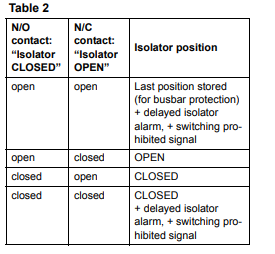
Differential current supervision
The differential current is permanently supervised. Any differential current triggers a timedelayed alarm. In the event of a differential
current alarm, it is possible to select the
behavior of the busbar protection:
• blocked
• zone-selective blocked
• remain in operation
Trip redirection
A binary input channel can be provided to
which the external signal monitoring the circuit-breaker air pressure is connected. Tripping is not possible without active signal.
When it is inactive, a trip generated by the
respective bay unit is automatically redirected
to the station at the opposite end of the line
and also to the intertripping logic to trip all the
circuit-breakers connected to the same section of busbar.
The trip redirection can also be configured
with a current criterion (current release criteria).
Distributed busbar protection REB500
including line and transformer protection
Page 13
Human machine interface (HMI)
The busbar protection is configured and maintained with the aid of human machine interfaces at three levels.
Local HMI
The local display interface installed in the central unit and in the bay units comprises:
• a four-line LCD with 16 characters each for
displaying system data and error messages
• keys for entering and display as well as 3
LEDs for the display of trips, alarms and
normal operation.
• in addition 20 freely programmable LEDs
for user-specific displays on the bay unit
500BU03 and central unit 500CU03.
The following information can be displayed:
• measured input currents and voltages
• measured differential currents (for the busbar protection)
• system status, alarms
• switchgear and isolator positions (within
the busbar protection function)
• starting and tripping signals of protection
functions
External HMI (HMI500)
More comprehensive and convenient control
is provided by the external HMI software running on a PC connected to an optical interface


